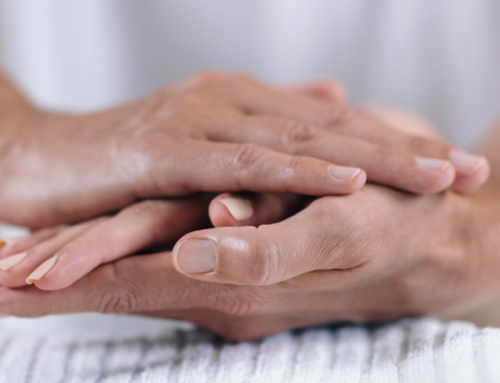Exercise as Medicine is a concept that has been around for centuries. Everyone knows that exercise is beneficial for them, whether it’s a game of footy on the weekend with your mates or a light stroll through the park with a loved one.
Exercise is even more so beneficial for people that have a chronic condition, such as: heart disease or a lung disease.
So how is exercise beneficial?
You can discover the actual physiology behind becoming fitter – this may help you in the future when setting goals to improve your health.
When we exercise regularly these are the natural improvements that take place in the body.
- Increase production of red blood cells, which help carry oxygen around the body to working organs and muscles.
- Release of endorphins that improves stress levels and reduces anxiety.
- Increased density of capillaries (small vessels) around the muscles that help deliver more blood to organs and working muscles.
- Stronger respiratory muscles like the diaphragm to aid in opening the lungs to take in more O2.
- Increased mitochondria, these are found in the cells. Mitochondria are a part of the cell that converts food sources to energy, more of these means your body is better at burning energy.
- Increase amount of blood ejected from the heart, as the heart muscle is strengthened allowing the more blood to enter the heart and more blood to be ejected from the heart.
- Stronger muscles that take pressure off joints (like the knee joint) and allows for coordinated movements.
- Better-managed blood sugar levels, which leads to a better functioning pancreas and reduced damage to the skin of the veins and arteries.
- Reduced bloody weight, taking pressure off the ankle, knee and hip joints.
- Reduced visceral fat (fat around the organs), which mean less inflammation and improved signaling between the organs.
- Increased elasticity of the arteries and veins to allow more blood to flow through, especially when exercising.
All the benefits stated above could be achieved by just 30 minutes of exercise a day! The 30 minutes of exercise does not have to be done all at once, it can be done throughout the day in three 10 minutes blocks, for example. The exercise does not necessarily have to be performed at a high intensity. Some examples of exercise include; walking, bike riding, parking further away from the shops and carrying your groceries back to the car, taking the stairs instead of the elevator, standing every half an hour when working at the office. All these strategies are ways to obtain 30 minutes of exercise a day and acquire the benefits that will make your body work more efficiently.
Even better, come in and see our exercise physiologist Michael Chrysanthou, as he will be able to perform a proper assessment on you to work out your physiological capabilities and then design you the right exercise program that you can perform at home, gym, outside or at work. Michael’s expertise are claimable by your health fund which means you could get great advice whist someone else pays for it.





